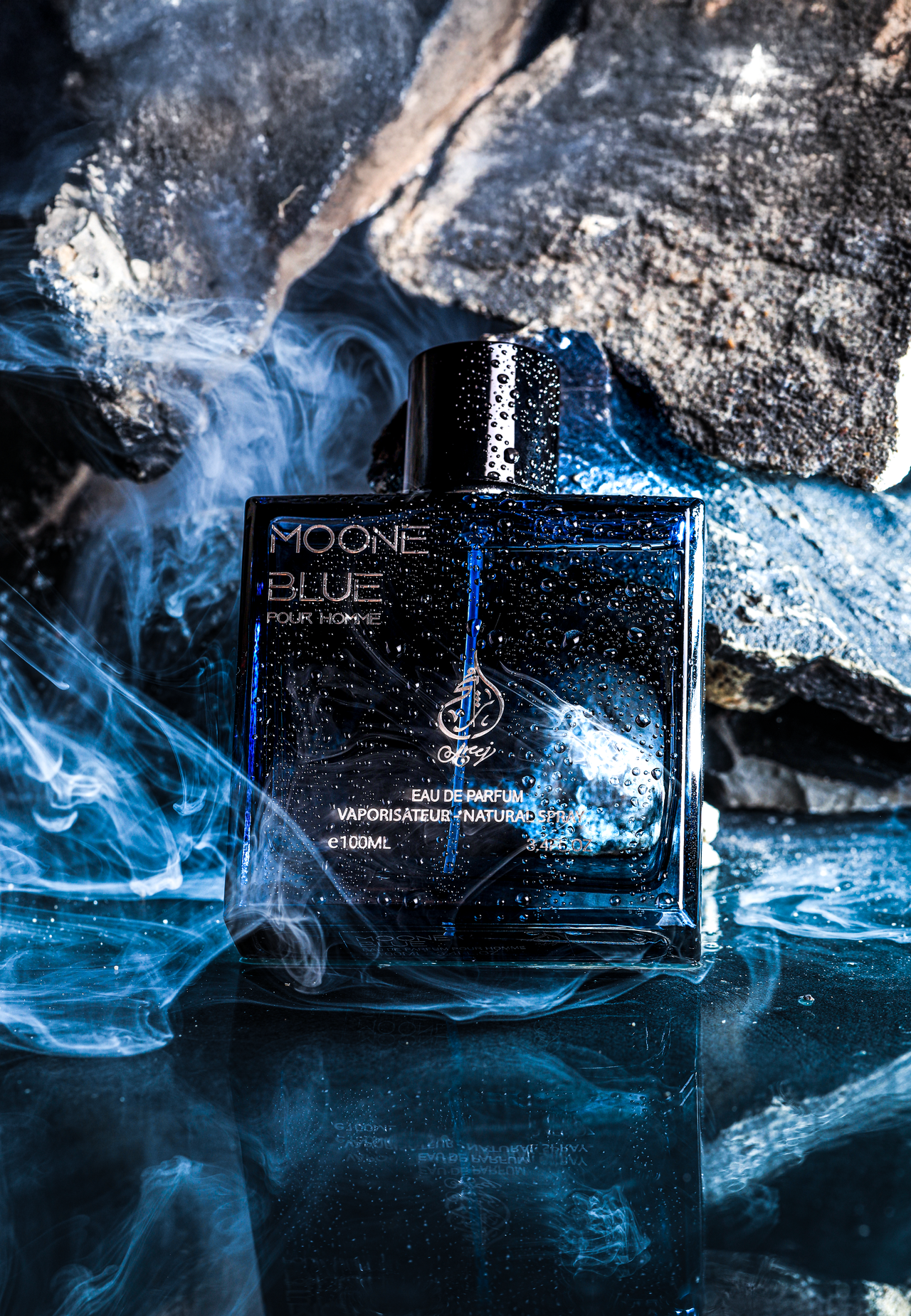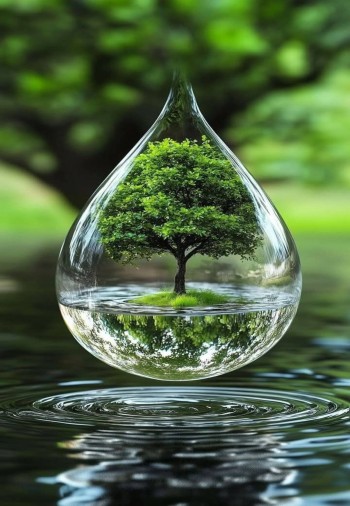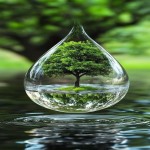Introduction
Behind every captivating perfume lies a precise blend of ingredients that work in harmony to create a lasting impression. This article delves into the primary components of perfumes and the role each plays in crafting a balanced fragrance.
1. Essential Oils and Aromatic Compounds
These are the core of any fragrance. Derived from flowers, fruits, spices, woods, and resins, essential oils provide the actual scent. They can be natural or synthetic, depending on the desired profile and cost.
2. Alcohol (Ethanol)
Used as a solvent, ethanol helps disperse the fragrance evenly and allows it to evaporate properly, releasing the scent over time. The concentration of alcohol determines the strength of the perfume (e.g., Eau de Parfum vs. Eau de Toilette).
3. Fixatives
Fixatives stabilize the perfume and make the scent last longer on the skin. Natural fixatives include musk and ambergris, while synthetic alternatives are commonly used in modern perfumery.
4. Distilled Water
Often added to dilute the concentration of the fragrance, especially in lighter formulations like colognes or body sprays.
Conclusion
Knowing what's in a perfume gives deeper appreciation for its complexity. Each ingredient plays a vital role in delivering a memorable sensory experience.










